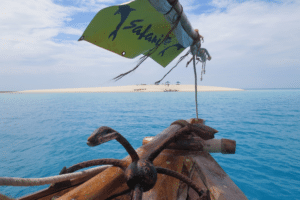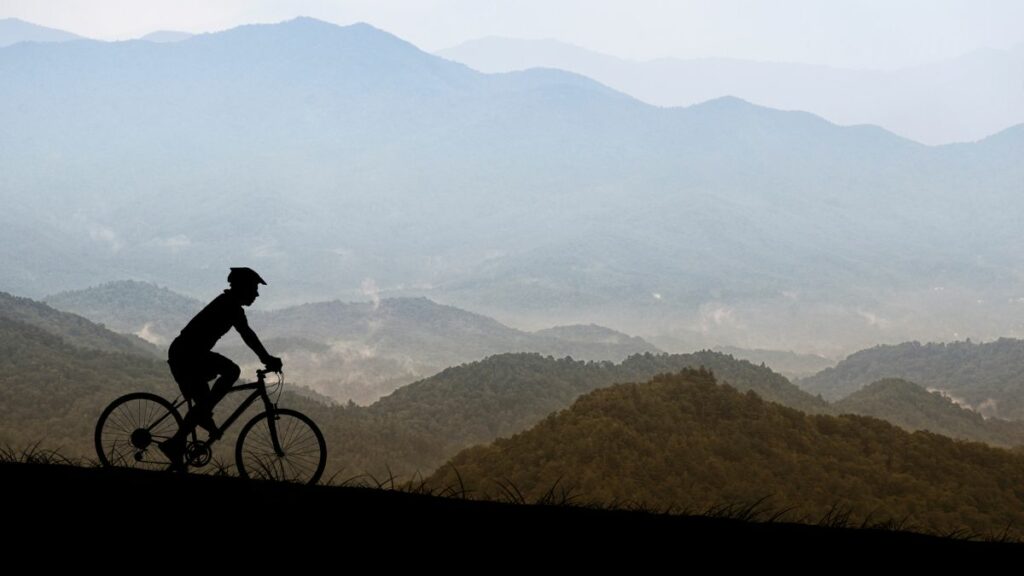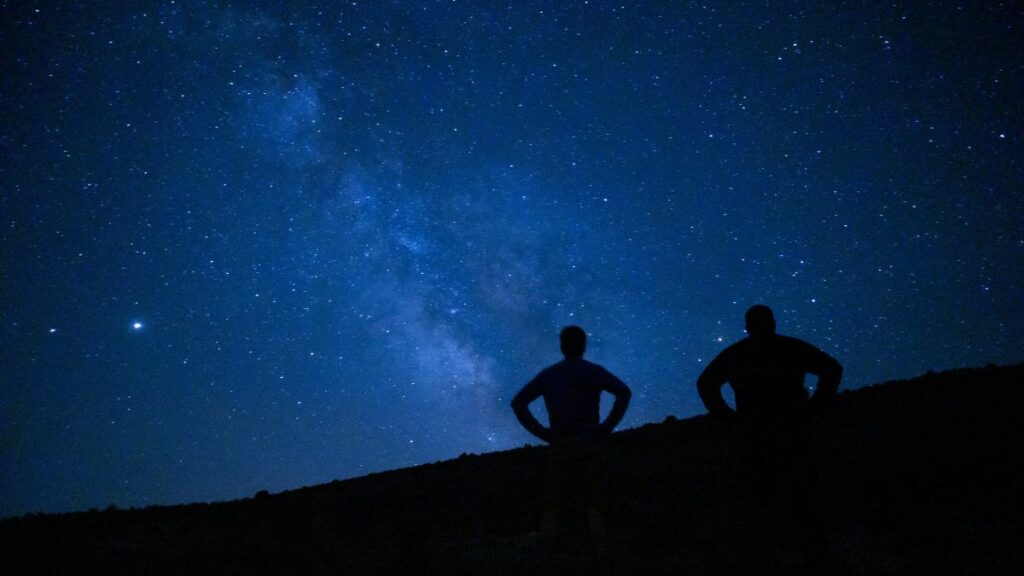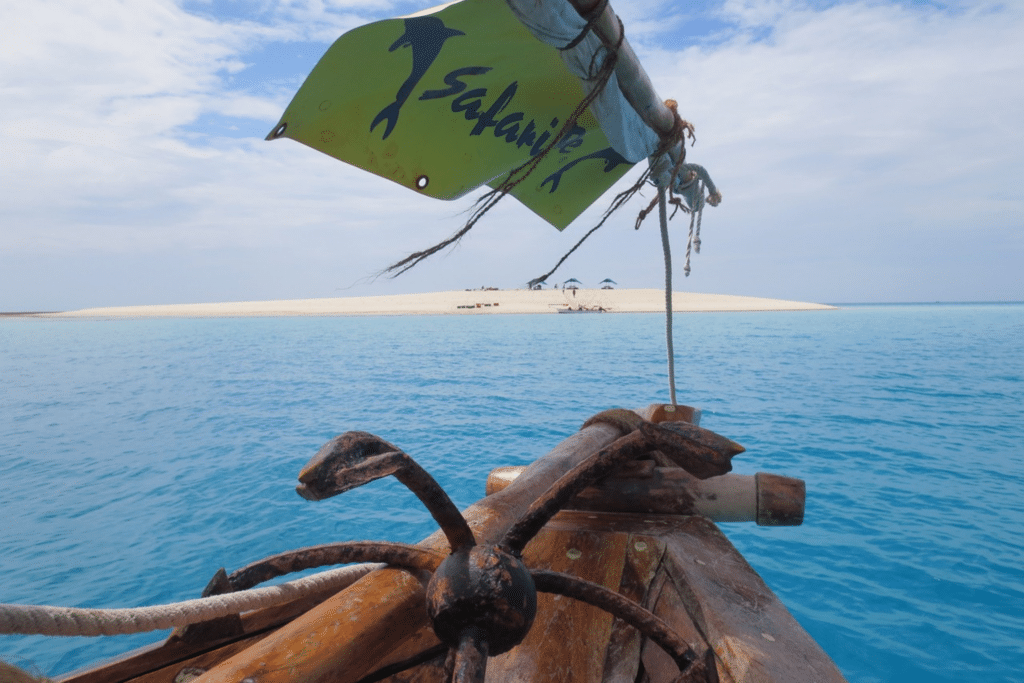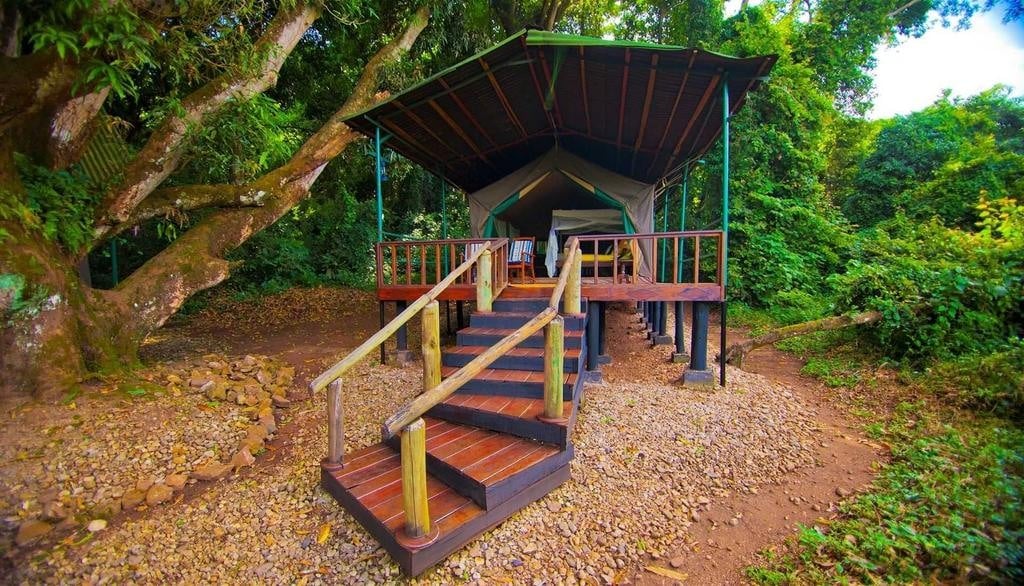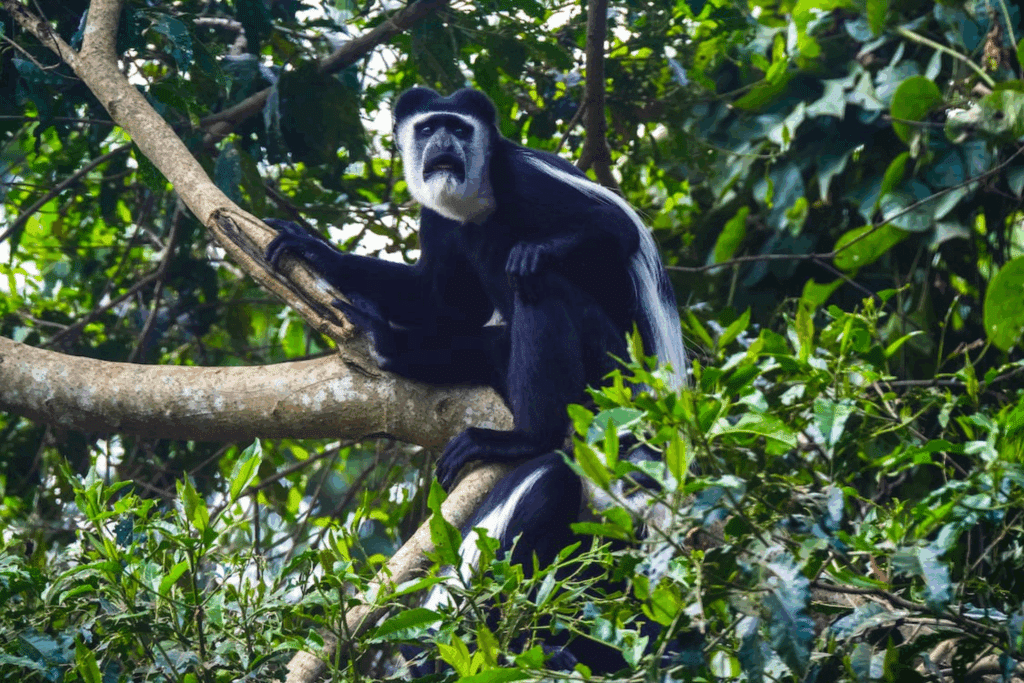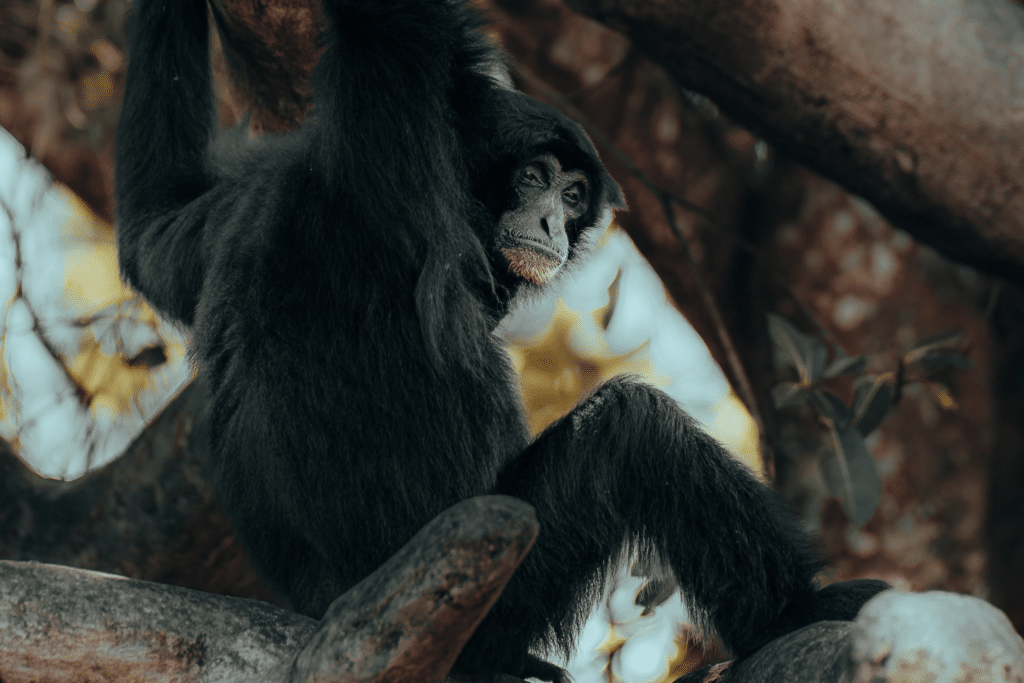When it comes to African animals, Tanzania is one of the best places in Africa to see the big five up close. These include African elephants, tree-climbing lions, Cape buffalo, rhinos, and leopards. These were the most dangerous animals for traditional hunters and can still be seen in their original habitat when you visit Tanzania.
There are several African countries where you can see the African Big Five, but the most incredible views can be found in Tanzania. Tanzania has the largest population of each Big Five and is a suitable living environment for them.
The African Big Five can typically be seen in various Tanzanian national parks, such as Arusha, Ngorongoro Crater, Serengeti National Park, and Tarangire National Park. If you’d like exclusive access to the ‘Big Five’ safari to any of these destinations, you can contact a leading and reliable local tour operator in Tanzania, like Easy Travel, to give you an extraordinary safari experience.
In this article, we’ll provide some insights into the African Big Five safari animals, which are located in the massive national parks of East Africa.
To get all the details about Big 5 Safaris, kindly read the information below.
African Big Five 1: The African Lion
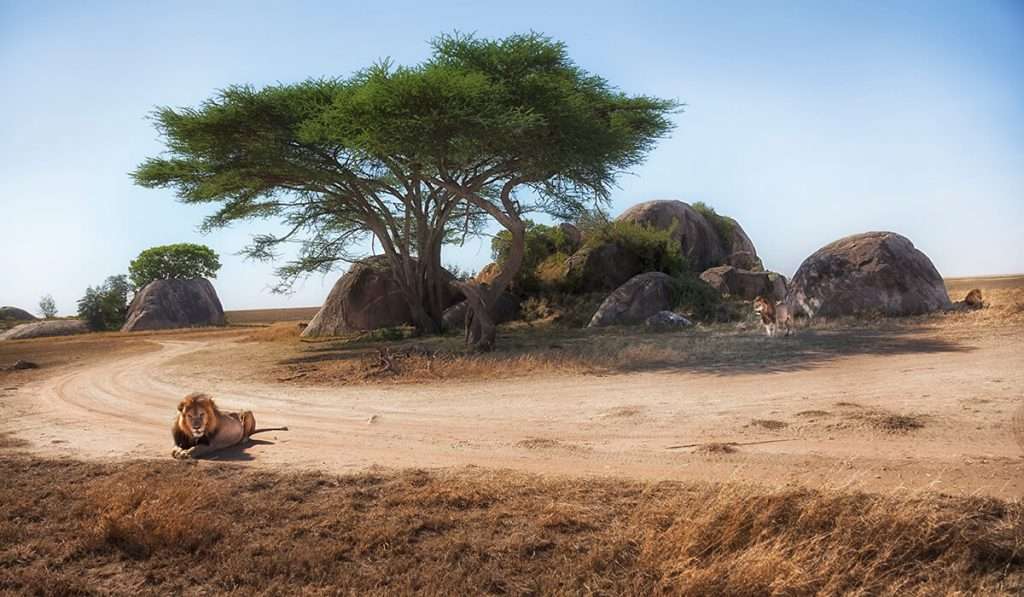
If you visit Tanzania, you’ll never want to miss the sight of the abundant wildlife, especially the African Big Five: leopard, elephant, rhino, buffalo, and lion.
Male lions typically identify with their mane and don’t usually hunt. On the other hand, females hunt by tracking their prey until they’re close enough to attack.
Believe it or not, lions have practically no adversaries. However, packs of hyenas can challenge these big cats, who often steal their kill.
Fancy witnessing a Lion in the wild? Browse our Safari Tours today.
Where can I see lions in Tanzania?
Lions can be seen in several places within Tanzania, including Serengeti National Park, Selous Game Reserve, Ngorongoro Crater, Lake Manyara National Park and Tarangire National Park. These national parks are their natural habitats and provide them with ample space to be vicious game hunters.
African Big Five 2: The Leopard
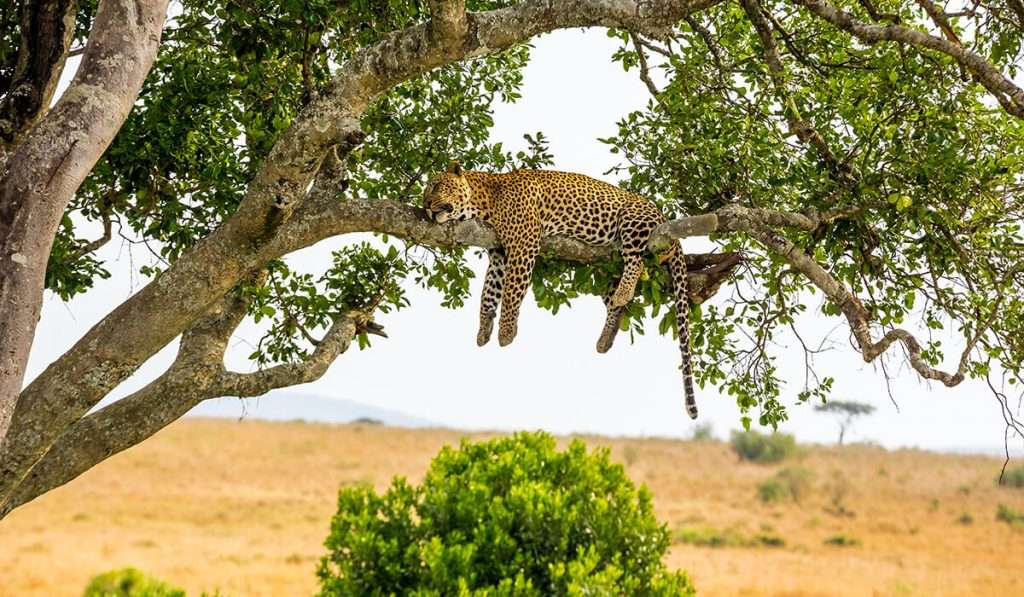
Leopards are remarkably patterned large cats that hunt at night and are generally asleep throughout the day. Moreover, they like to hunt smaller animals than lions, and they usually keep their kill high in the branches of the trees to prevent scavengers from grabbing their prey.
If you’d like to take an exclusive ‘Big Five’ safari to any of the mentioned destinations, contact some of the trusted local tour companies in Tanzania that can give you an incredible safari experience.
Where can I see leopards in Tanzania?
While black leopards are missing from Tanzania, spotted leopards in northern Tanzania and southern Tanzania can be spotted on game drives at various national parks. You can see these enormous animals in Ruaha national park, along the Great Ruaha River. These predatory animals can also be seen in several other locations, including Arusha national park, Mount Kilimanjaro, Serengeti, Tarangire, and Ngorongoro Crater.
African Big Five 3: The African elephant
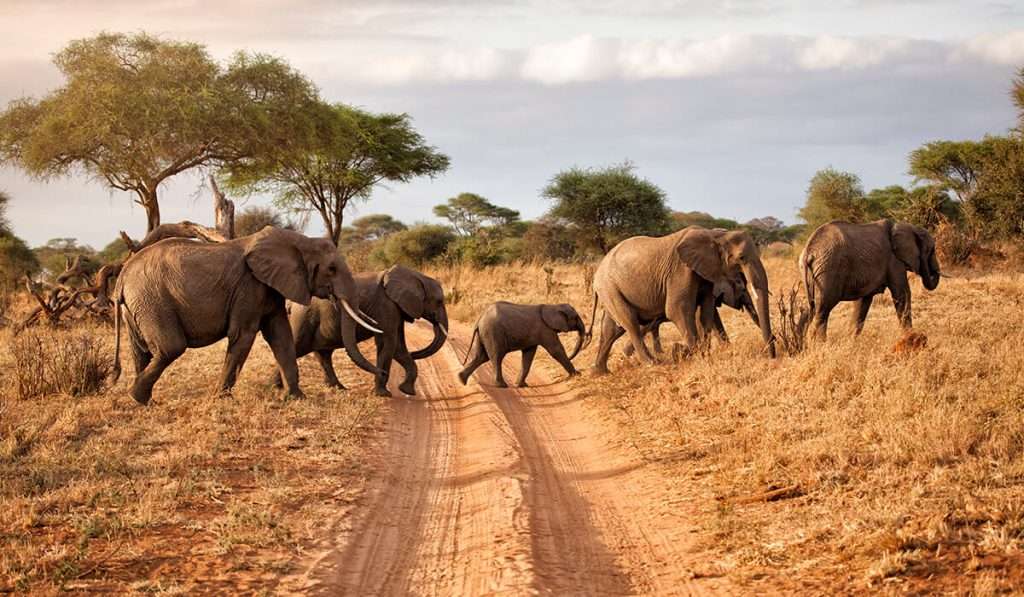
hen you go on a safari in Tanzania, you’ll get the chance to see the wildebeest migration and the African elephant—the largest mammal on land with a recorded weight of 11,000kg. These massive creatures are herbivores, so they spend most of their day feeding on plants, including tree bark, leaves, and fruits.
Where can I see elephants in Tanzania?
Some locations where these mighty animals can be seen include Arusha, Nyerere (Selous), Mt. Kilimanjaro, Serengeti, Ngorongoro Crater, Tarangire, and Lake Manyara.
If you’re interested in large herds of elephants, be sure to book a stay in Tarangire, as they come by the dozen!
African Big Five 4: The Rhino
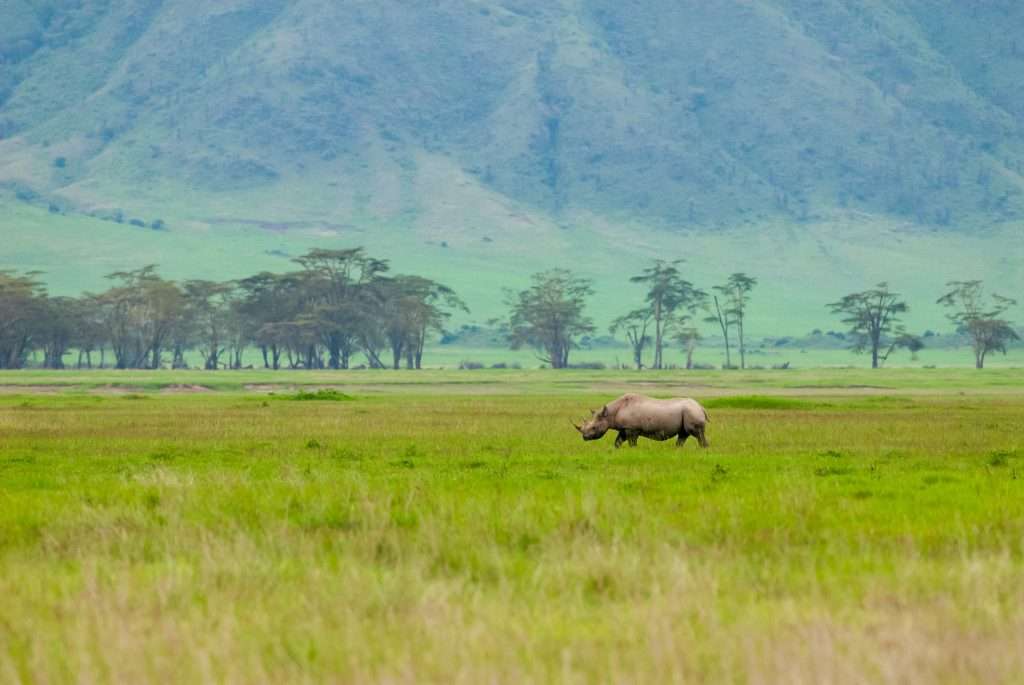
The rhino’s conservation status is critically endangered. These animals are at risk of becoming totally extinct, with their numbers dwindling very quickly in the past twenty years due to illegal trophy hunters and poachers. These gigantic and strong animals can weigh 1,400kg and mainly forage on leafy plants, eating branches, roots, and fruits.
The critically endangered status of rhinos highlights the pressing need for conservation efforts to protect these magnificent creatures from extinction. Illegal trophy hunting and poaching have led to a rapid decline in rhino populations over the past two decades, posing a grave threat to their survival.
Despite their formidable size, rhinos primarily feed on leafy plants, branches, roots, and fruits, relying on their specialized diets for sustenance in their natural habitats. As key herbivores, their role in shaping and maintaining ecosystems underscores the importance of preserving their populations for the overall health of biodiversity.
How many rhinos are left in Tanzania?
With fewer than 80 reported black rhinoceros left in Tanzania, sightings are primarily limited to private reserves due to the threat of poaching. These majestic creatures are targeted for their horns, driving an illegal trade that puts them at risk of extinction.
Protecting the African rhino is imperative to preserving biodiversity, making it essential for conservation efforts to receive support. We urge every reader to contribute to rhino protection initiatives through donations, as every contribution helps safeguard these iconic animals for future generations.
How many black rhinos are left after 2021?
The black rhinoceros, classified as critically endangered by the International Union for Conservation of Nature (IUCN), faces a severe threat of extinction due to poaching and habitat loss. With an estimated population of only 5,600 individuals remaining worldwide as of 2021, urgent conservation efforts are imperative to protect this iconic species.
Poaching, driven by the illegal trade in rhino horn, remains the primary threat to the black rhinoceros population despite international bans on the trade. Additionally, habitat destruction, primarily caused by human encroachment and agricultural expansion, further exacerbates the plight of these magnificent creatures.
Where can I see a rhino in Tanzania?
Some of the sites where these animals can be visited within Tanzania include Serengeti, Tarangire, and the Ngorongoro Crater. Tarangire National Park, with its dense population of African elephants, offers unparalleled opportunities for observing these gentle giants up close as they gather around the Tarangire River.
The Ngorongoro Crater, a UNESCO Heritage Site, provides a unique ecosystem within its vast caldera, where visitors can spot diverse wildlife, including buffalo, lions, and black rhinos. These parks and others like Ruaha and Lake Manyara contribute to Tanzania’s reputation as a prime destination for wildlife enthusiasts and safari-goers seeking unforgettable encounters with Africa’s Big Five and other fascinating species.
With their rich biodiversity and stunning landscapes, Tanzania’s national parks offer immersive experiences that leave a good, lasting impression on visitors from around the globe.
African Big Five 5: The African buffalo
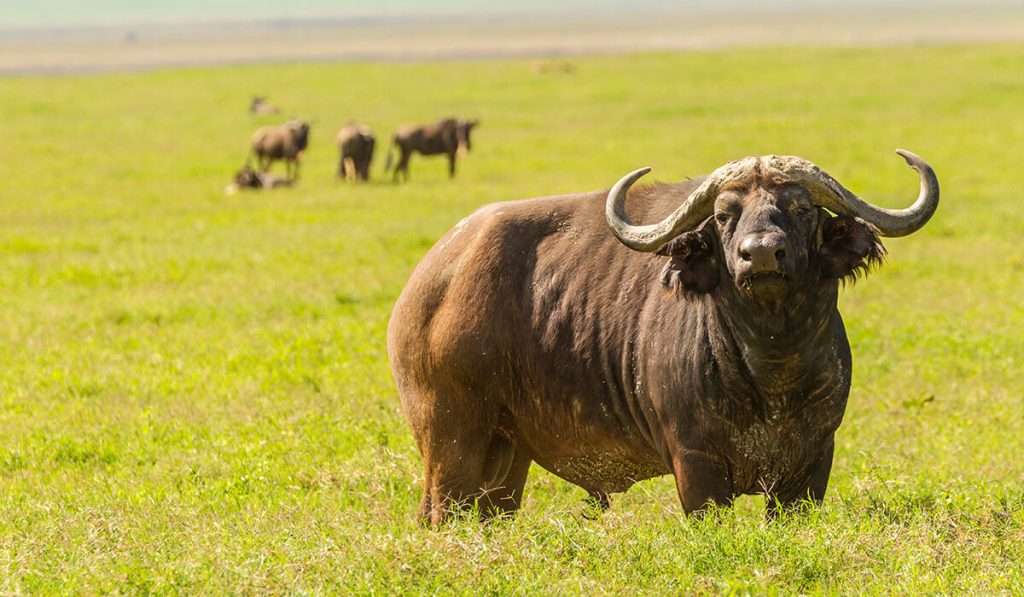
The Buffalo is one of the African Big Five. They can grow up to 1.6 meters (5.2 feet) tall and weigh around 700kg. These hefty, cow-like animals live in huge herds and continually feed on grass.
When alone, buffaloes are considered unexpectedly harmful and have been proven to kill everything that gets close to them. Although their vision is subpar, buffaloes possess an excellent sense of hearing.
Where can I see the African buffalo?
Popular destinations such as Kilimanjaro, Selous, Tarangire, Arusha, and Ngorongoro Crater offer unparalleled wildlife experiences for those seeking a glimpse of these majestic animals. These diverse locations boast rich ecosystems, providing habitats for various species, including the black rhinoceros.
Each destination offers unique opportunities for wildlife enthusiasts, from the iconic silhouette of Kilimanjaro to the vast plains of the Ngorongoro Crater. Exploring these areas with experienced guides enhances the chances of spotting these elusive creatures in their natural habitat.
Want to see the African big 5 in Tanzania?
If you’re planning an unforgettable experience in Tanzania, Africa, witness an African safari and see the Big Five in some of the world’s best-known parks. Then, be sure to focus on a Tanzanian Safari.
If desired, you can always camp in one of the safaris and glimpse various wildlife, including rhinos, elephants, leopards, etc., and the fantastic landscapes, especially at sunset. If your schedule allows, you can visit Tanzania during the calving season, which transpires between January and February and see the great migration. However, this will be a crowded event.
So, if you want something planned out smoothly for your African adventure,contact your local travel experts like Easy Travel today!
Getting you there
See the big five in Tanzania by booking a safari with Easy Travel. When you book a safari with us, you’re not just getting an adventure—you’re getting an experience of a lifetime.
Our team will take care of all the logistics so that you can focus on appreciating the wildlife and scenery. Tanzania is home to some of the most iconic animals in the world, including the big five: lions, leopards, elephants, rhinos, and buffalos.
No matter your budget or travel style, we have a safari that is perfect for you. We offer everything from luxury lodges to camping trips so that you can find the ideal fit for your needs.
Get in touch with us today.
Frequently Asked Questions (FAQs)
What are Big Five Safaris?
Big Five Safaris usually describe a safari that focuses on the area’s five most famous and dangerous animals: lions, elephants, buffaloes, leopards, and rhinoceroses. These safaris present an exciting chance to see these magnificent animals up close and personal, ensuring unforgettable wildlife encounters.
Additionally, most travel providers can tailor a safari schedule by offering activities like cultural excursions, guided walking trails, and sunset drives. This enhances the experience of getting an authentic feel for the animals and the region’s inhabitants.
Where can I go for Big Five Safaris?
Several African destinations offer Big Five Safaris, including Serengeti National Park in Tanzania, Kruger Park in South Africa, Masai Mara in Kenya and Moremi Game Reserve in Botswana. South Africa’s game reserves, such as Kruger National Park, are renowned for their high concentration of Big 5 species, ensuring rewarding wildlife encounters. Phinda Game Reserve is also celebrated as one of South Africa’s top private Big Five game reserves, offering exceptional safari experiences.
In addition to the iconic Big Five destinations, lesser-known reserves like Hluhluwe-iMfolozi Park in South Africa and Tarangire National Park in Tanzania also offer excellent opportunities for Big Five sightings. Each destination offers a unique safari experience, with diverse landscapes and wildlife populations to explore.
What types of accommodations are available during Big Five Safaris?
During Big Five Safaris, visitors can stay in various accommodations, from luxury lodges to rustic tented camps. These accommodations offer immersive experiences, allowing guests to connect with nature while enjoying modern comforts. Many tented camps provide an authentic safari experience, allowing guests to hear the sounds of wildlife from their tents.
How do I book a African Big Five Safari?
Researching online reviews and seeking recommendations from fellow travellers can help you choose a reliable tour operator that meets your needs. Additionally, inquire about their conservation efforts and commitment to responsible tourism to ensure your safari aligns with ethical standards and contributes positively to wildlife conservation efforts.
When choosing a tour operator, prioritize those with a strong sustainability track record and ethical wildlife practices. By supporting operators dedicated to conservation and responsible tourism, you can enjoy your safari experience while also contributing to protecting Africa’s precious wildlife.
What can I expect during African Big Five Safaris?
During Big Five Safaris, you can expect thrilling game drives from experienced guides knowledgeable about local wildlife behaviour and habitats. These drives offer opportunities to witness the Big 5 in action, from lions hunting prey to elephants roaming the savannah. Night drives also provide unique chances to spot nocturnal animals like leopards and hyenas.
Are African Big Five Safaris safe?
Big Five Safaris are generally safe when conducted by experienced guides and within designated areas of national parks and game reserves. However, it’s essential to follow safety guidelines guides provide, such as staying inside vehicles during game drives and respecting wildlife from a safe distance. Additionally, choosing reputable tour operators ensures a safe and enjoyable safari experience.
What is the best time of year for African Big Five Safaris?
The best time for Big 5 Safaris differs by destination and wildlife movement. South Africa’s Kruger National Park sees the Big 5 in large numbers around water points during the “dry” winter months, May to September, as animals gather there. Then, the “wet” summer months, October to April, feature green vegetation and newborn animals.
Research the specific destination you plan to visit to determine the optimal time for wildlife sightings and weather conditions. Consider consulting with local guides or tour operators who can give valuable insights based on their experience and knowledge of the area.
How long do African Big Five Safaris typically last?
Big 5 Safaris are fragmented by preference and availability. The company package ranges from single-day trips to multiple days in the wild.
Some companies offer safari tours for a few days, while others extend for many weeks. These tours allow YOU to stay in the wilderness for a limited time while visiting varied game reserves and wildlife habitats.
What activities are included in Big Five Safaris?
Within Big 5 Safaris, various activities are offered, such as game drives, guided walks, and boat cruises, and the location and accommodation determine the number and available types. Game drives are the predominant activity.
Experienced guides run safari vehicles so visitors can enjoy close-up wildlife encounters. Guided walks are more intimate and conducted within the bush, while informed guides provide wisdom about flora and fauna.
How likely am I to see all Big Five members during a safari?
In renowned game reserves like Kruger National Park, sightings of all members of the Big 5 are frequent but not guaranteed due to wildlife’s unpredictable nature. However, knowledgeable guides enhance the likelihood of sightings by tracking animal movements, interpreting fresh signs, and leveraging their understanding of wildlife behaviour. Their expertise ensures guests have memorable encounters with iconic species, contributing to the overall safari experience.
Are there opportunities to interact with local communities during Big Five Safaris?
Moreover, while on Big 5 Safaris, guests might participate in cultural experiences included in the visit. This part consists of a tour of the typical nearby villages, schools, and small markets with crafts.
The need to interact directly with the residents is essential, and this also enables guests to appreciate the terrific rich culture of the area, managing to know more details about the varied culture.
Can I expect to see rhinos during Big Five Safaris?
Sightings of rhinos, most notably the critically endangered black and less severe white rhinos, are sought after on Big 5 Safaris at selected locations. Because rhinos are elusive and conservation concerns limit encounters, rhino sightings are infrequent and highly anticipated events.
Conservation programs and anti-poaching schemes protect rhinos from uneconomical slaughter and preserve their natural habitat to guarantee their continued existence. Witnessing these massive creatures in the wild is still an electrifying experience.
How do Big Five Safaris contribute to wildlife conservation?
Big 5 Safaris makes a massive investment in wildlife conservation by contributing to funding various activities. The necessary activities financed through revenue from tourism activities include anti-poaching initiatives and developmental programs for local communities in areas neighbouring the reserves or conservancies.
Moreover, promoting responsible tourism guarantees the preservation of wildlife habitats and protects endangered species, promoting conservation through tourism. Consequently, anyone participating in Big 5 Safaris is actively involved in the efforts and initiatives to preserve Africa’s wild.Five

















